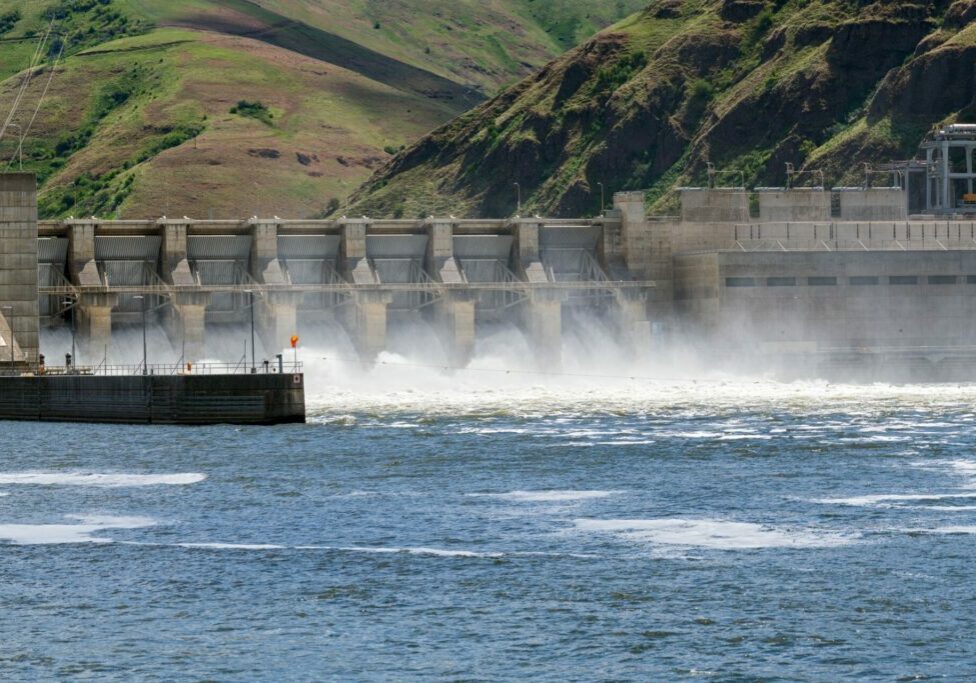Federal Hydro System Powers Region Through Arctic Blast

Federal dams were operating at levels not seen since the age of aluminum smelters in the Northwest and were key to keeping the lights on.
Plunging temperatures across the Pacific Northwest that stayed below freezing for four days from January 12-16 were no match for the Federal Columbia River Power System. Despite record-breaking energy demand and other challenges, the federal power system supported its utility customers and the region through the most intense cold snap the Northwest has seen in 20 years.
BPA’s area load peaked at 11,396 megawatts during the morning of Saturday, January 13, the highest since the time aluminum smelters were served with federal power. The previous post-aluminum record was set December 22, 2022, with 11,068 MW. The all-time peak load, which includes service to aluminum smelters, was set in 1990 with 11,930 MW. For context, area loads above 10,000 MW are uncommon and tend to only occur during significant cold snaps.
On January 13, BPA’s aggregate customer load climbed even higher, peaking at 13,267 MW.
Lower Snake River dams performance
The lower Snake River dams made major contributions to BPA’s efforts to keep the lights on during the cold snap. Combined, Lower Granite, Little Goose, Lower Monumental and Ice Harbor dams peaked to more than 1,000 aMW each day from January 13-16 with the highest one-hour peak of 1,146 MW achieved Tuesday, January 16. This was accomplished by reducing generation late at night into the early morning hours to less than 200 MWs and ramping to 1100 MWs during the peak daytime hours.
In addition to peaking performance, Ice Harbor Dam provided much needed local energy in the Tri-Cities area by increasing minimum generation throughout the extreme weather event.
Recent Posts

5 Tips to Beat the Summer Heat

What You Need to Know About Furnace Filters

May is Electrical Safety Month

Programs to Help You Pay Your Electric Bill

5 Ways to Help You Save on Your Summer Energy Bill

Planting Trees and Bushes for Energy Efficiency

Federal Hydro System Powers Region Through Arctic Blast

Seeking Candidates for Board Districts 7 and 8

You Have the Power to Care




